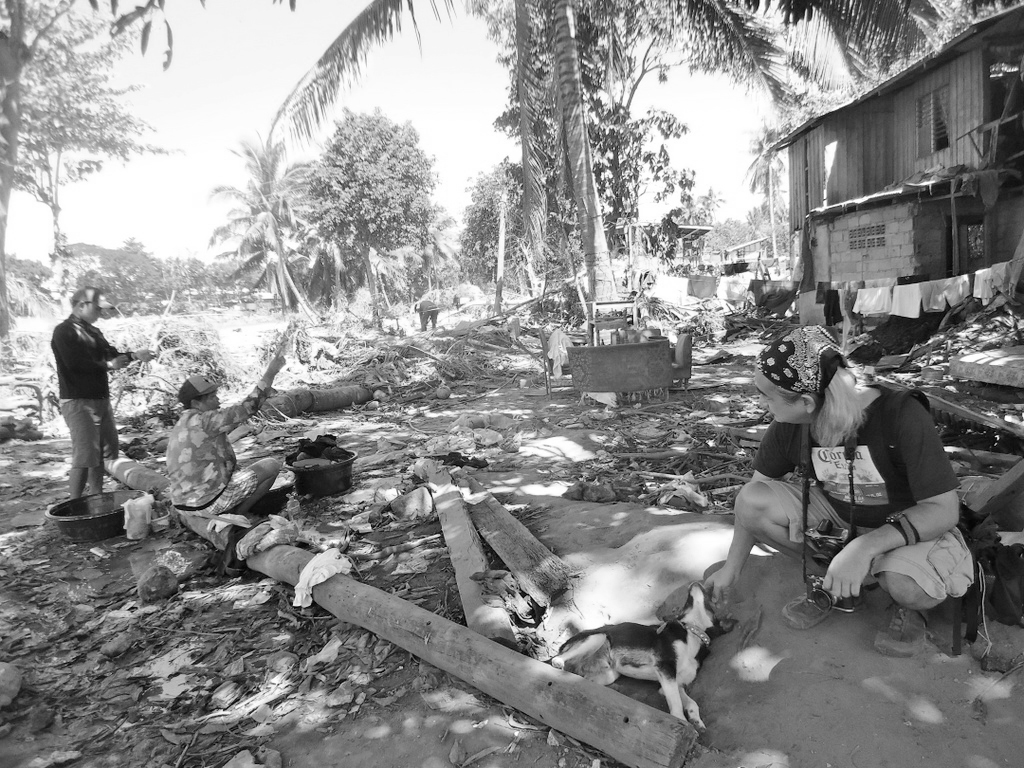Notes from the Photographer
This project was offered to me a year after I decided to retire from making a living photographing news. For decades, I made a living making images to fit stories.
Images of conflict and misery were a must to justify your day rate and the expenses incurred by the news organization that sent you to that sad place. The hunt for pictures were not so much as to report but to fit editorial needs.
The success of the photojournalist depends on how well he acts as an “operator” and delivers. Deliver what editors want and you are guaranteed another assignment, another check to pay the rent.
The original brief for this project was very vague. I was meant to photograph portraits of people “at the forefront of climate change.” I was astounded that the client, iCSC, just let me go. Somewhere along the way, I was given a leash with a length that was unheard of from any client.
They gave me film and let me go and meet and talk to people, and ask to take their portraits. I have always made a joke about the fact that being asked to photograph people affected by climate change is the easiest job I had in my life. Everyone is affected by it, so I just photographed anyone.
Unlike the news, there was no story to tailor the images. No captions to impose on your audience. No judgement on the lives of the people in the pictures.
No exploitation of misery.
Seeing writers react to the images with their words, words that were invoked in one way or another by a photograph is a complete joy.
The Czech photographer, Josef Koudelka, who has been a major influence in my photography, didn’t care much for the news. He despised captions and wanted people to make up stories for the pictures he took.
This was contrary to how I made a living as a photojournalist all these years. When I stopped, and just took pictures, people started making beautiful stories.
—Jose Enrique Soriano
